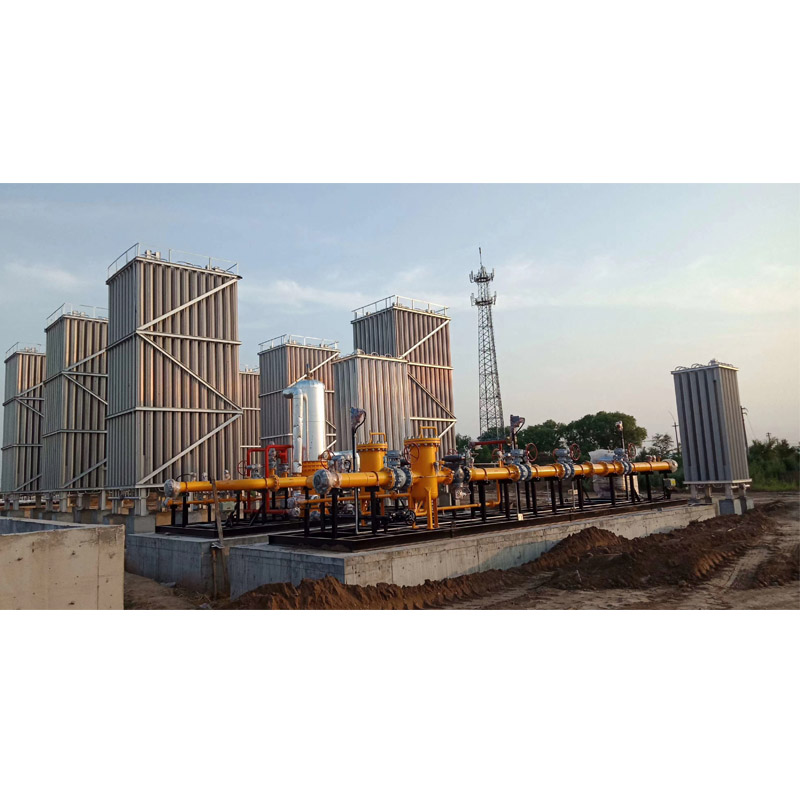
Dec . 21, 2024 05:26
Back to list
Understanding the Functionality of Gas Pressure Regulation in Valve Systems
Understanding Gas Pressure Regulator Valves Function and Importance
In various industries, particularly those dealing with gas applications, gas pressure regulator valves play a crucial role in ensuring safe and efficient operations. These devices are designed to regulate the pressure of gases, making them essential components in systems that require the control of gas flow, such as in heating, cooking, or industrial processes. This article delves into the functionality and significance of gas pressure regulator valves, exploring their applications, types, and maintenance considerations.
What is a Gas Pressure Regulator Valve?
A gas pressure regulator valve is a mechanical device that controls and maintains the pressure of gas within a specified range. It typically reduces the high pressure of a gas source, such as a tank or a pipeline, to a lower, stable pressure suitable for use in various applications. This regulation is essential for safety, as excessive pressure can lead to leaks, explosions, or equipment damage.
How Does It Work?
Gas pressure regulator valves operate based on the principles of pressure reduction. When gas enters the regulator, it encounters a diaphragm that responds to changes in pressure. If the incoming pressure exceeds the set point, the diaphragm moves to close a valve, restricting gas flow and thus reducing the pressure. Conversely, if the pressure drops below the set point, the diaphragm allows more gas to flow through the valve, increasing the pressure back to the desired level.
Most regulators also feature a built-in relief mechanism that safely vents excess pressure, further enhancing safety. The design and materials used in regulator construction can vary, but they are typically made from durable materials that can withstand the corrosive nature of certain gases.
Applications of Gas Pressure Regulators
Gas pressure regulators are utilized in a multitude of applications across different sectors
1. Residential Use In homes, gas pressure regulators are often found in natural gas systems used for heating, cooking, or hot water. They ensure that the gas delivered to appliances is at a safe and usable pressure.
2. Industrial Applications Many manufacturing processes rely on gases, and pressure regulators help manage gas flow in operations like welding, chemical processing, or pneumatic systems. Maintaining the correct pressure is essential for efficiency and safety.
gas pressure regulator valve

3. Medical Use In healthcare settings, gas pressure regulators are vital for medical gases such as oxygen and nitrous oxide. They ensure precise delivery of gases to patients, which is critical for effective treatment.
4. Transportation Gas regulators are used in the automotive industry, particularly in vehicles running on natural gas or propane. They ensure that the fuel is delivered at the correct pressure for optimal engine performance.
Types of Gas Pressure Regulators
There are several types of gas pressure regulators, each suited for different applications
- Single-Stage Regulators These are typically used for low-pressure applications. They reduce high inlet pressure to a lower output pressure in one stage.
- Two-Stage Regulators These provide more precise pressure control and are commonly used in applications requiring consistent output pressure across varying flow rates. They utilize two stages of reduction for enhanced accuracy and stability.
- Automatic and Manual Regulators Some regulators operate automatically, while others require manual adjustment to maintain desired pressure levels.
Maintenance Considerations
Regular maintenance of gas pressure regulators is essential to ensure safety and performance. Users should routinely check for leaks, inspect connections and fittings, and clean filters if applicable. Additionally, it’s important to calibrate the regulator periodically to ensure it operates within the specified pressure range. Depending on the application and environment, the lifespan of a gas pressure regulator can vary, and replacements should be done at the first signs of wear or malfunction.
Conclusion
Gas pressure regulator valves are indispensable in ensuring that gas systems function safely and efficiently. Whether in residential, industrial, or medical settings, these devices maintain stable gas pressures, preventing hazards and ensuring optimal performance. Understanding their functioning, applications, and maintenance is vital for anyone working with gas systems, ultimately enhancing safety and reliability in gas usage across various sectors.
Latest news
-
Safety Valve Spring-Loaded Design Overpressure ProtectionNewsJul.25,2025
-
Precision Voltage Regulator AC5 Accuracy Grade PerformanceNewsJul.25,2025
-
Natural Gas Pressure Regulating Skid Industrial Pipeline ApplicationsNewsJul.25,2025
-
Natural Gas Filter Stainless Steel Mesh Element DesignNewsJul.25,2025
-
Gas Pressure Regulator Valve Direct-Acting Spring-Loaded DesignNewsJul.25,2025
-
Decompression Equipment Multi-Stage Heat Exchange System DesignNewsJul.25,2025

